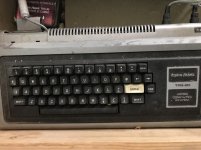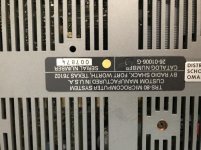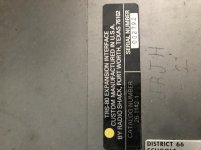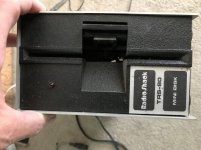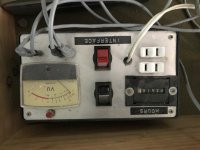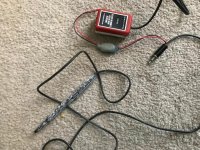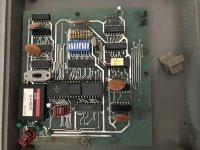troj
Experienced Member
I just managed to arrange the acquisition of a Model I in unknown condition. It has an expansion and at least two floppy drives; I don't know what else is there. I'll know more when I pick it up (should be tomorrow).
I'm just a wee bit excited as the first computer I did any programming on was a Model I Level II back in about 1980.
Considering that it's unknown how long it's been since this unit has seen power, or what its condition is, I'm looking for pointers on what I should check before turning it on for the first time.
I'll be surprised if it doesn't need some love before it's fully working again.
-Kevin
I'm just a wee bit excited as the first computer I did any programming on was a Model I Level II back in about 1980.
Considering that it's unknown how long it's been since this unit has seen power, or what its condition is, I'm looking for pointers on what I should check before turning it on for the first time.
I'll be surprised if it doesn't need some love before it's fully working again.
-Kevin

